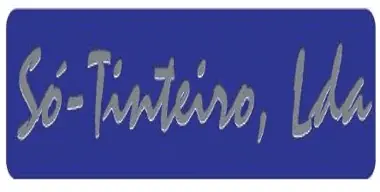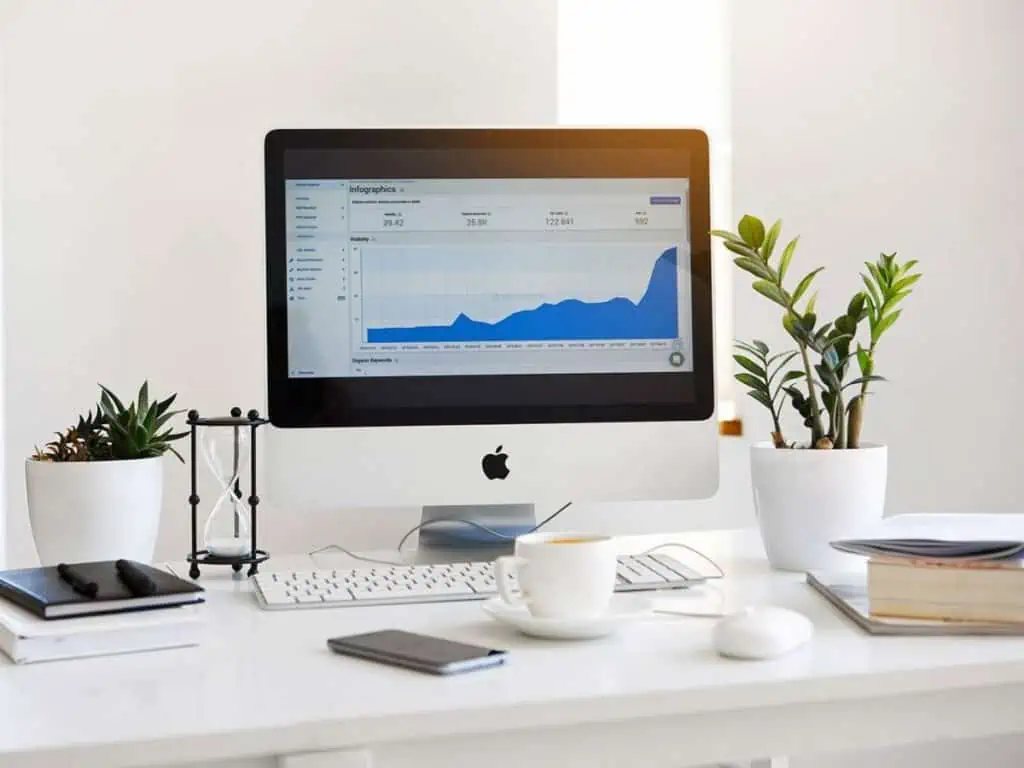The history of printers is a fascinating journey that spans several centuries, marked by significant technological advancements. Here’s an overview of the key milestones in the evolution of printers:
- Woodblock Printing (200 AD): The earliest form of printing was woodblock printing, which originated in China around 200 AD. Text and images were carved into wooden blocks, inked, and then transferred onto paper.
- Movable Type Printing (1040 AD): In the 11th century, Chinese inventor Bi Sheng developed movable clay type. However, it was the Korean inventor Jang Youngsil who, in the 15th century, created a metal movable type that greatly influenced the development of printing.
- Gutenberg Printing Press (1440): Johannes Gutenberg, a German inventor, is credited with the invention of the mechanical movable type printing press around 1440. His press used movable metal type and a mechanical assembly, allowing for the mass production of books and revolutionizing the spread of knowledge.
- Intaglio Printing (1500s): Intaglio printing, such as etching and engraving, became popular in the 16th century. It involved incising an image into a surface and then applying ink to the surface for printing.
- Lithography (1796): Alois Senefelder invented lithography, a method of printing on a flat surface, using a smooth stone and a greasy crayon. This technique laid the foundation for modern offset printing.
- Rotary Printing Press (1843): Richard March Hoe introduced the rotary printing press, which used a rotating cylinder to print continuously, increasing printing speed significantly.
- Photocopiers (1938): Chester Carlson invented the first photocopier, known as the Xerox machine, in 1938. It used electrostatic principles to produce copies.
- Inkjet Printing (1950s): The concept of inkjet printing was developed in the 1950s. Early inkjet printers were commercialized in the 1970s, using tiny nozzles to spray ink onto paper.
- Laser Printers (1971): Gary Starkweather developed the first laser printer at Xerox PARC in 1971. Laser printers use a laser beam to create an electrostatic image on a drum, which is then transferred to paper.
- Dot Matrix Printers (1970s-1980s): Dot matrix printers were popular in the 1970s and 1980s. They used a matrix of pins to strike an ink ribbon, creating characters and images.
- 3D Printing (1980s-Present): 3D printing, also known as additive manufacturing, emerged in the 1980s. It involves creating three-dimensional objects layer by layer from digital models.
- Modern Inkjet and Laser Printers (1980s-Present): Inkjet and laser printers became widely available for personal and office use in the 1980s. They have continued to evolve with improvements in print quality, speed, and functionality.
The history of printers reflects the continuous innovation in printing technology, from manual methods to sophisticated digital printing solutions. Today, printers are an integral part of our daily lives, serving various purposes in homes, offices, and industries.
h

